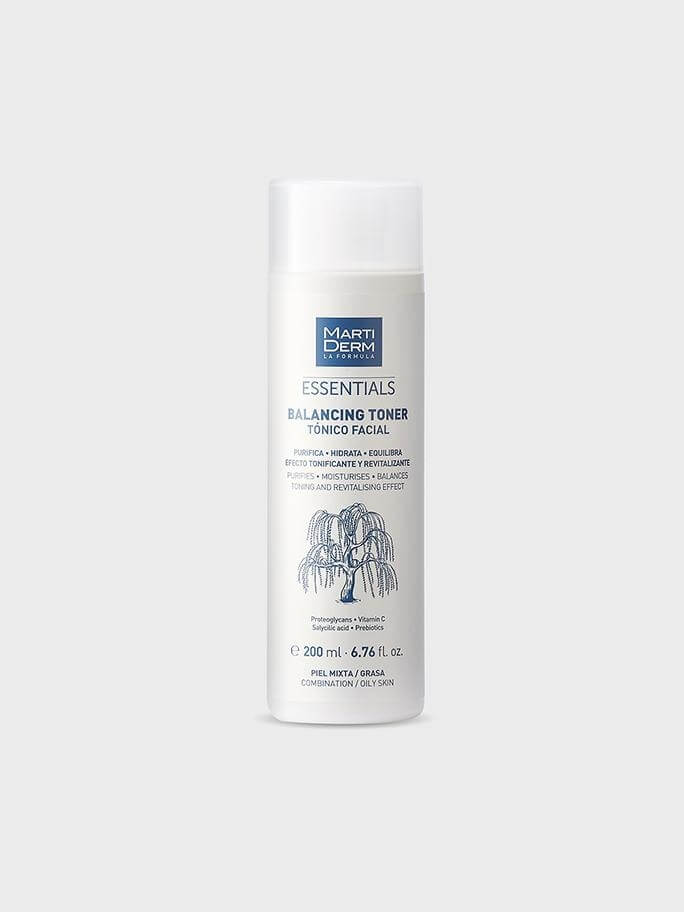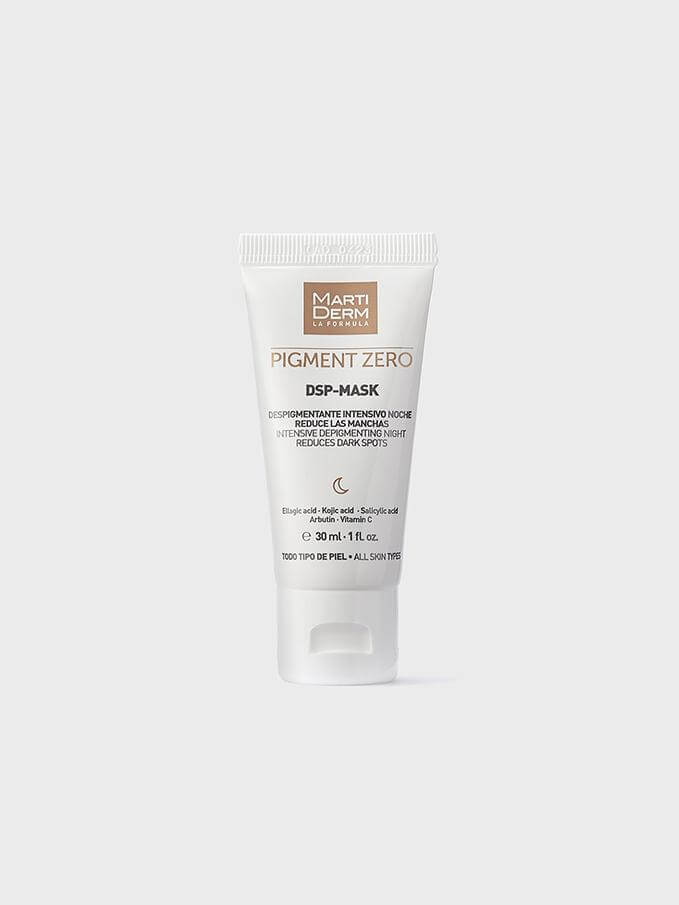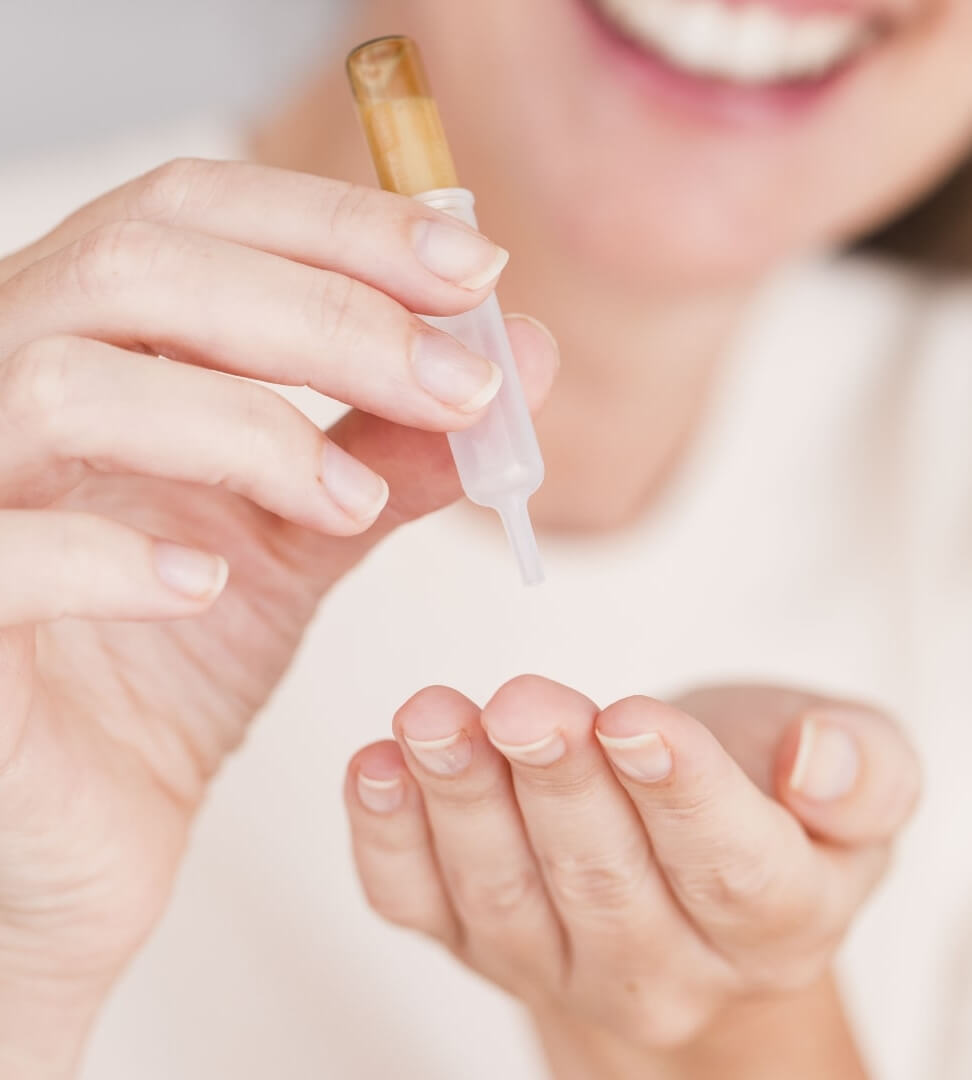Protect to prevent, treat and repair. This is the aim of the Pigment Zero depigmentation range. Aware of the sun's impact on the skin, MartiDerm has been researching all types of facial blemishes for more than 10 years. The sun is undoubtedly the main factor that alters the functioning of melanocytes, the skin cells. As a result, melanin is overproduced and visible skin hyperpigmentation appears on the face. Is there a solution? MartiDerm has it.
Against this backdrop, it is important to bear in mind that protection from the sun's rays is essential. Here we explain exactly how the sun's rays affect the skin, how spots on the face are impacted in summer and which facial blemish treatment to use to prevent and, if necessary, treat them.
How do UVA rays affect spots on the face?
Among all types of solar radiation there are Ultraviolet A (UVA) and Ultraviolet B (UVB) rays. UVB rays are those that penetrate the epidermis, the first layer of the skin, and give you a tan. It is important to keep in mind that after tanning comes sunburn and allergic reactions that can lead to skin diseases.
UVA rays are those that reach the dermis, the layer below the epidermis. They are more dangerous because they can produce free radicals and cause premature photoaging, hyperpigmentation, sun intolerance and melanoma, i.e., skin cancer.
What happens to your skin when the sun's rays intervene?
The process is as follows: UVA and UVB rays penetrate the skin and free radicals are released. This causes cell membranes to oxidise, leading to melanocyte stimulation. The skin cells start to produce more melanin than necessary and thus produce a tan, which can trigger the onset of hyperpigmentation.
The effects of skin memory on the appearance of spots on the face
The Spanish Association of Dermatology and Venereology doesn't beat around the bush: young people have to change the models they use as a byword for healthy skin. Tanning is the way the skin defends itself against sunburn and isn't a healthy habit if you take it too far.
So if you are young, there is still time to change your skin's course by taking up habits to protect it from the most damaging external factors. You should also bear in mind that "skin has a memory". This well-known concept refers to the fact that damage to the skin at the age of 25 can have consequences when you're 55. You therefore need to start on good routines to care for your skin from a young age and prevent damage going forwards.
If your skin is already mature and you are experiencing the effects of 'skin memory', we have the solution Pigment Zero. Read on!
Facial blemishes intensify in summer
At this point, you will have understood that solar radiation has a harmful impact on your skin. Skin prone to blemishes year-round should pay special attention in June, July and August, when facial blemishes tend to darken.
In this situation, protection against the sun's rays and keeping an eye on hyperpigmentation with anti-blemish products is crucial to treat them and reduce their appearance. Blemishes are visible proof that the skin needs depigmenting and antioxidant actives to achieve an even tone and deeply hydrated, luminous skin.
The anti-blemish facial treatment you will be reaching for before and during summer
Consistency is the secret to treating facial blemishes. And these three products from the Pigment Zero range are the facial anti-blemish treatments you need to prevent, treat and reduce spots. Thanks to its actives, sunscreens and benefits, this routine involving ampoules, stick and cream is specially formulated for skin prone to facial blemishes.
- • To improve and even tone and make skin glow: DSP-BRIGHT Ampoules
We recommend using them by day and at night, right after cleansing your face. DSP-BRIGHT Ampoules contain selective actives such as 5% Vitamin C-Tech for antioxidant benefits, 4% genistein, a highly effective depigmenting active ingredient, and 8.8" DS-TX Complex with tranexamic acid and bellis perennis, among other ingredients, which acts as an antioxidant and depigmenting agent. This non-photosensitising product does not lose its efficacy nor react to sunlight.
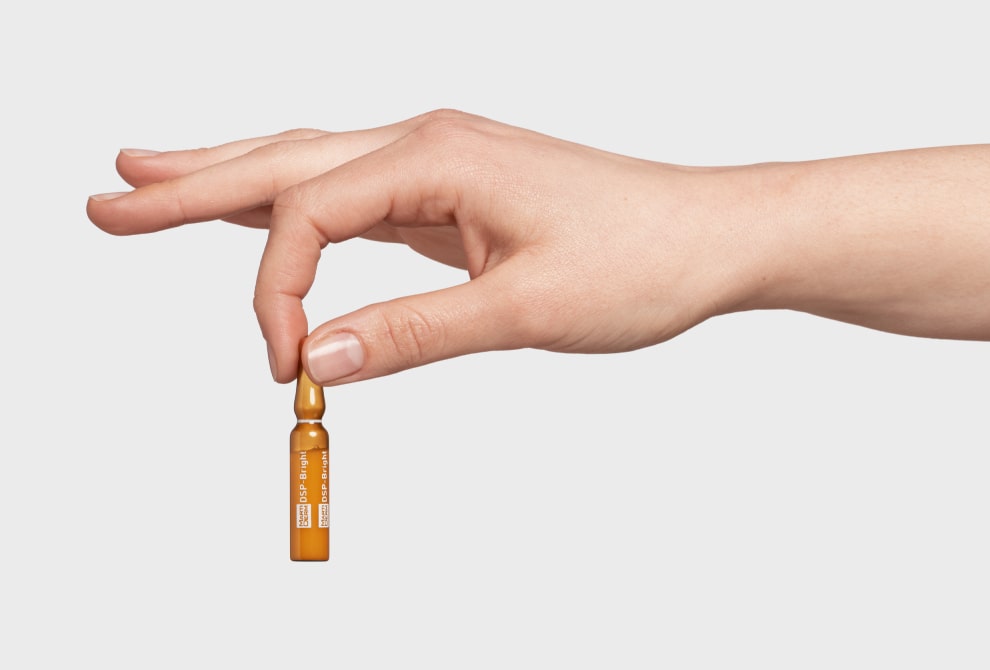
These depigmenting ampoules reduce and prevent all types of blemishes and other hyperpigmentation such as post-inflammatory spots, and their effects are visible from the first box. Dermatologically tested, 86% of the people who tried them noticed a reduction in spot size and 89% saw an increase in skin radiance.*
Gently massage in this light-textured, fast-absorbing ampoule twice a day, morning and night, to the face, neck and neckline.
- • For the most comprehensive protection against the sun's rays: DSP-Cream SPF 50+
The UVA/UVB sun filters make DSP-Cream SPF 50+ the state-of-the-art sun protection product ideal for preventing the appearance of sun spots and reducing the intensity of hyperpigmentation.
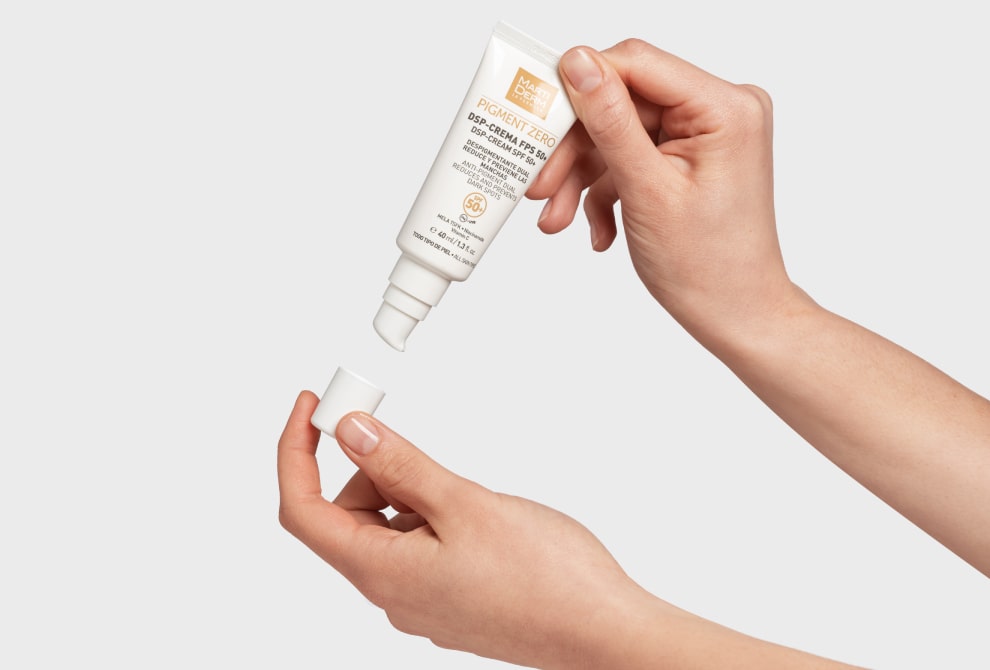
Ingredients include tranexamic acid, ferulic acid, kojic acid and Vitamin C as depigmenting agents. It also contains salicylic acid as a skin renewing agent and 5% niacinamide to improve and protect the outer layer of the skin.
This product has proven dermatological efficacy: up to a 65% reduction in visible blemishes and up to 90% of the people who tried it said their skin tone looked more even.**
- • The depigmenting stick you can take with you anywhere: DSP-COVER
This product packs a punch in a 4ml pack and is a 3-in-1 that prevents, treats and conceals facial blemishes.
DSP-Cover is sized for use several times a day, whenever you think your skin may be overexposed to the sun.
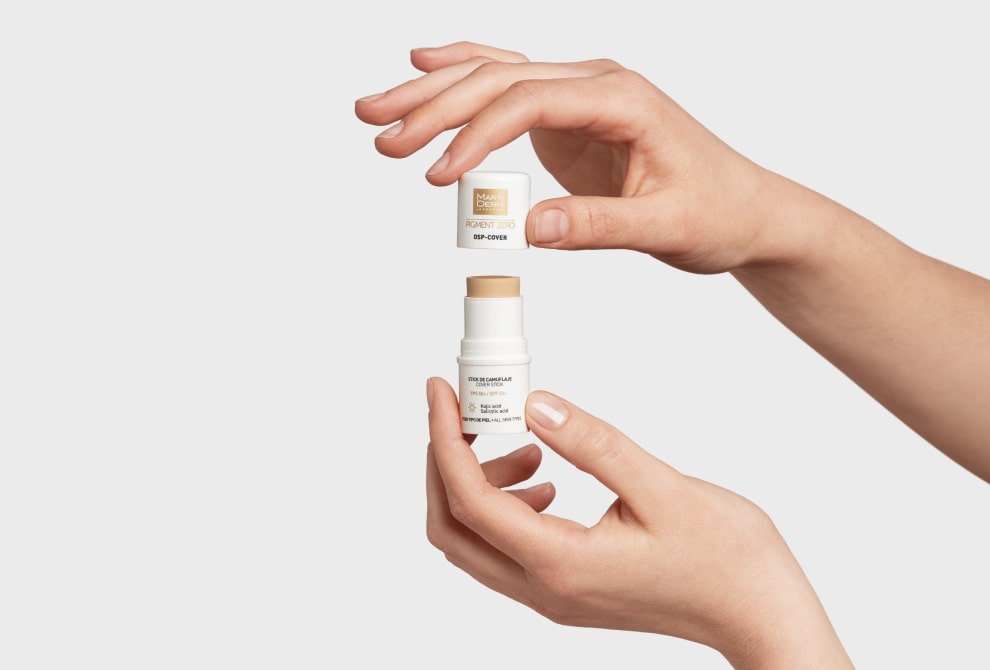
The multiple benefits come from its formula of UVA/UVB sun filters that provide photoprotection for localised areas, 2% kojic acid, a depigmenting active ingredient that acts as a treatment to reduce blemish intensity, and 0.4% salicylic acid, a skin renewing agent.
This stick has a corrective shade that helps conceal the darkness of the blemish instantly.
Finally, it is important to emphasise that prevention is better than cure. Any of these three depigmenting products will help even skin tone. If you notice a spot on your face that is overly large or very dark, please seek the advice of a dermatologist.
Clinical results of note:
*Depigmenting efficacy under dermatological control and subjective assessment. Ref: E220486.
**Depigmenting efficacy under dermatological control and subjective assessment. Ref: 14910920.A.

